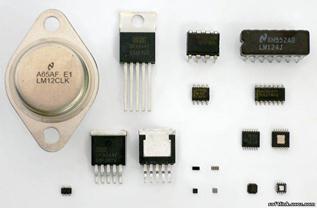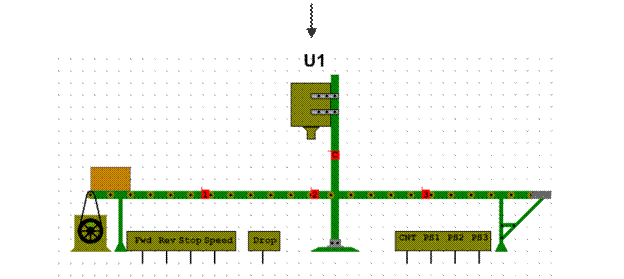MANUFACTURE OF PRODUCTS BY POWDER METALLURGY PROCESS
Purpose of the work. To make acquaintance with powder metallurgy process; to get experience in burden calculation procedure and in assessing the molding pressure required. Theory. Powder metallurgy is known to be a field of engineering that covers such processes as powder (of metals, chemical compounds or ceramics) production and molding the articles of the mentioned powders without melting those. A powder metallurgy process comprises the following stages: powder production and sorting, a necessary mixture of the powders (burden) preparation, molding of a powder article, sintering that renders an article proper strength and finishing (impregnation, machining, sizing, etc). The main advantage of a powder metallurgy process is considered to be the manufacture of materials that are impossible to produce by any other method: porous articles (filters); self – lubricating bearings (porous metal base impregnated with mineral oil, sulphur, sulphides and other substances); metal-ceramic composites (bronze-graphite, for instance); wear- and heat-resistant materials of high-melting carbides, nitrides, borides, silicides, phosphides; materials with specified electrical, magnetic and other properties. Conventional manufacture processes in industry are inseparately linked with the significant losses of metal: 15…25% during riser and bottom ingot parts removal (2…5% in case of continuous pouring); 2…5% while rolling and forging as a result of oxidation, cutting, dimension defects; 20…50% during machining. Powder metallurgy process provides the total loss value not exceeding 3…5%. Therefore, it is available to employ powder metallurgy methods, besides mentioned cases, also in mass production of simple articles such as washers, spacers, levers, gears, bushings etc. Flash absence and machining exception gives the main contribution to substantial saving in starting materials and expenses. It has been estimated that 1000 tons of iron powder articles facilitate saving in rolled products or castings of 2000…2500 tons, enables up to 80 units of machining equipment and approximately 200 skilled workers to be available for another occupation. The most commonly used process is the cold molding (Fig. 2.1) with one-sided or double-sided pressing. One can also enumerate other powder molding methods: extrusion, rolling and hydraulic press molding. Properties of powder articles are primarily determined by their porosity PR (percentage of pors in total article volume) and density ga. Certain relationship exists between the mentioned values: PR = (1 – ga / gS)×100%, where ga is density of an article after sintering, g/cm3; gS is density of an article without pors, g/cm3. Density of mixtures is usually determined by the additive rule:
where g1, g2, g3, …gn is density of separate mixture components, g/cm3; a1, a2, a3,….an is mass content of separate components in mixture, %.
Fig.2.1. Draught of the bushing (a) and its manufacture scheme (b): 1 – bed mould; 2 – top mould; 3 – core; 4 – article (bushing); 5 – base
Porosity and density of sintered materials are determined by molding pressure. Hence, assuming the porosity or density of a finished article, molding pressure, Pm (Fig. 2.2) and, next, manometer pressure P are determined:
where P is monometer pressure in the hydraulic press, MPa. Pm is molding pressure (pressure per cross-sectional unit of an article), MPa; SCS is cross-sectional area of an article, m2; SPl is cross-sectional area of a press plunger, m2.
Fig.2.2. Dependence of porosity PR and density ga of iron powder article upon molding pressure Pm
The necessary powder quantity Q, g, for manufacture of an article is calculated by the formula:
where V is volume of a sintered article, cm3; K is coefficient, that corrects for mass losses while molding and sintering, equal to 1.01…1.03.
|









